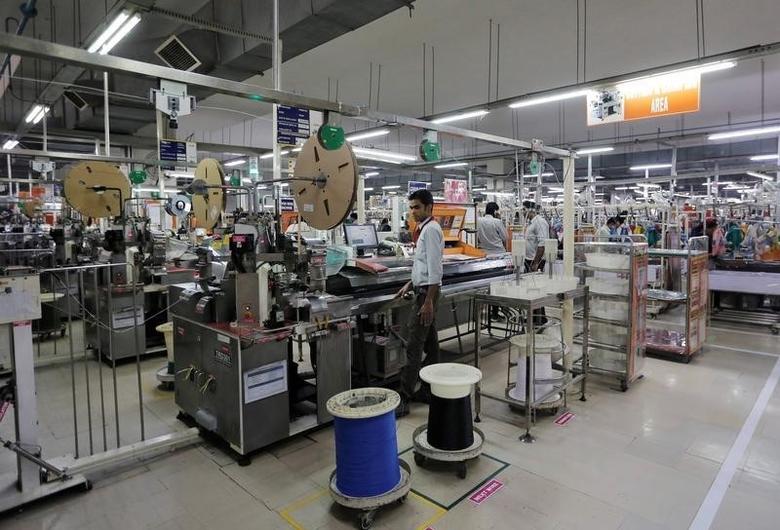(ATF) It was not so long ago that Modi and Xi took a beachside stroll and showcased their dream to expand economic ties that bound their countries. Prolific growth in India-China bilateral trade was viewed as an insurance against fraught political ties for almost two decades.
The shared appetite to expand economic engagement was strong. As India’s trade deficit with China ballooned, it rolled out a red carpet for Chinese investments. And it demanded enhanced market access for Indian companies in China.
Misgivings about the Belt and Road Initiative were put aside as Chinese investors went about building stakes in 18 out of 30 Indian “unicorns”.
Asia Eight: Daily must-reads from the world’s most dynamic region
But a year on, the Covid-19 pandemic and the deadly border clash in the Galwan Valley have put paid to the beachside dream. Not a single dollar of Chinese equity has flowed into India since April this year and the peak of $95.7 billion in bilateral trade from 2018 is unlikely to be surpassed anytime soon.
India has emerged as a bellwether among the growing flock of countries trying to ring fence their economies from China in 2020.
Pushback against China
Even before the Galwan Valley conflict, India made government approvals compulsory for Chinese investments and to date not a single approval has been issued.
After the fateful clash, India unleashed a slew of economic measures in quick succession including bans on Chinese internet applications and security clearance requirements for participation of Chinese companies in public procurement tenders.
Interspersed with the announcement of these measures was also a package of post-Covid economic recovery schemes with a heavy tilt towards self-reliance under the banner of Atma Nirbhar Bharat Abhayan. As a result, the anti-China sentiment gradually coalesced into a clarion call for self-reliance – Vocal for Local.
Reducing dependency on Chinese imports will be a complex and long-term challenge for India. Its primary objectives will remain employment generation and expanding manufacturing capacity.
Success at this will make it an alternative source of imports for other countries looking to reduce dependency on China. This in turn will enhance India’s share in global value chains and impact the balance of global economic power.
Challenges for import substitution
A recent paper I authored reveals that there are 375 product categories (at the 6-digit HS code level) where China accounted for more than 80% of Indian imports in 2018-19.
Of this, there was 100% dependency in 57 categories and more than 90% dependency in 246 categories. The urgency and feasibility of reducing dependency in these product categories vary widely.
In 176 categories, dependency on Chinese imports is growing even as Indian demand increases.
This prima facie indicates an opportunity for import substitution through local manufacturing. There are 108 categories where Indian demand is growing but dependency on China is reducing, which perhaps indicates the possibility of viable alternative sources.
There are another 47 categories where dependency is reducing but Indian demand is also decreasing, thus making it difficult to justify investments for domestic manufacturing.
The toughest challenge might be posed by 41 categories where dependency on China is growing even as demand drops thus indicating both a lack of alternative sources and feasibility of domestic manufacturing.
Economies of scale are the most significant source of China’s cost competitiveness in manufacturing. India will find it hard to replicate such scale purely through domestic demand. Only 113 product categories in the dataset registered imports with an average annual value of more than $10 million over a five-year period.
This roughly corresponds to the annual turnover that qualifies an Indian company as a small and medium enterprise making it eligible for incentives under the Atma Nirbhar schemes.
Such schemes might act as disincentives for larger enterprises to make capital investments leaving India’s 42 million small and medium enterprises to face a disproportionate share of responsibility in reducing India’s dependence on China.
The ultimate tool for prioritisation will be criticality of imports. India is planning production linked incentives (PLI) for 9-10 sectors including certain segments of electronics, pharmaceuticals, and automotive industries.
READ MORE: Apple vendors turn big gainers in India’s handset-making incentive scheme
Not enough resolve
Only 44 categories in the dataset belong to these three industries suggesting that an overwhelming proportion of the import basket might not receive sufficient incentives to reduce imports from China.
Adding to these woes are longstanding complaints that India has not been able to reduce dependency on China even in areas where there is adequate capacity for local manufacturing.
The Indian toy industry which is home to around 4,000 micro, small and medium enterprises still imported $1.4 billion worth of products, a shocking 67% of which were found to be substandard.
India will need to impose standards and protect Indian industry while at the same time encourage imports that are necessary for export-oriented industries.
India’s overly simplistic FDI policy has long equated reform with liberalisation of sectoral limits. It will need a lot more nuance to attract deeply entrenched portions of the global value chains from China and Southeast Asia. India’s journey towards reducing economic dependency on China will be the ultimate test of Indian policy making.
This nation building exercise will demand a “whole of government approach” and sustained para-diplomacy accompanied by a permanent monitoring mechanism of a kind suggested in my paper.
Banning internet applications, blocking investments, and imposing security checks for participation in public procurement projects can be achieved with swift pen strokes. But dependency on Chinese imports will prove to be the real test of India’s resolve.
# Santosh Pai is an international corporate lawyer with over 16 years of experience gained in India, China, the UK and Thailand. His areas of interest include cross-border investment, comparative law and policy, cross-cultural negotiations, board governance and public speaking.
























